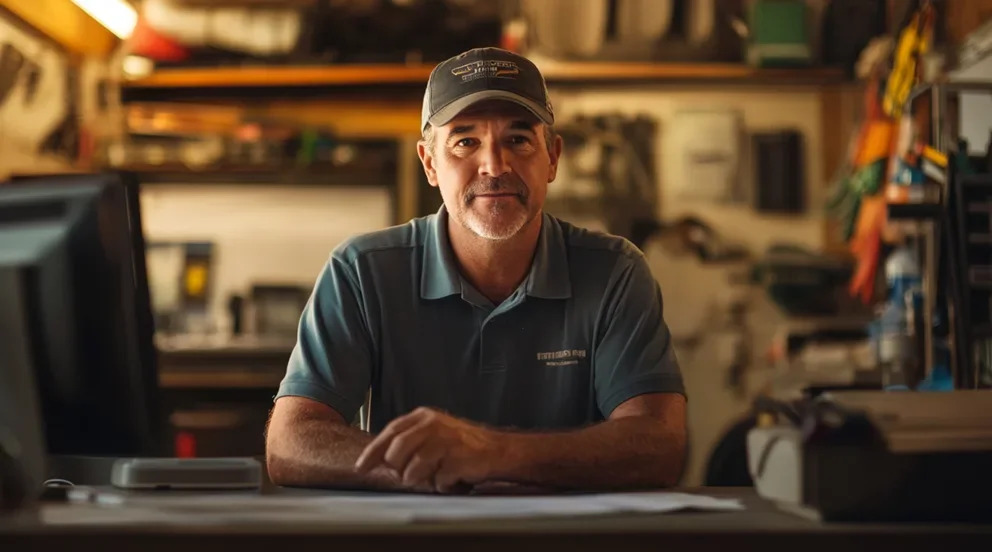A backflow preventer is a device that helps keep water from flowing backward into your home’s drinking water supply. It’s an important part of any home plumbing system, and it’s required by law in many municipalities.
If you’re not familiar with backflow preventers, you’re not alone. Many people don’t even know they have one until there’s a problem with it. That’s because backflow preventers are usually hidden away behind walls or under floors, out of sight and out of mind.
But when something goes wrong with a backflow preventer, it can cause serious problems for your home and your family. That’s why it’s important to understand what a backflow preventer is, how it works, and what you can do to keep it working properly.
What Is a Backflow Preventer?
A backflow preventer is a mechanical device that’s installed in your home’s plumbing system. It’s designed to keep water from flowing backward into your home’s drinking water supply.
Backflow can happen for a variety of reasons, but the most common cause is a sudden drop in water pressure. This can happen when a fire hydrant is used or when there’s a power outage. When water pressure drops, it creates a vacuum that can suck contaminated water back into your home’s pipes.
That’s why backflow preventers are required in many municipalities. They’re an important part of any home plumbing system, and they can help keep your family safe from contaminated water.
How Does a Backflow Preventer Work?
There are two main types of backflow preventers: atmospheric vacuum breakers and double check valves.
Atmospheric vacuum breakers are the most common type of backflow preventer. They’re usually installed on outdoor faucets and hose bibs. They work by allowing air into the piping system when water pressure drops. This prevents a vacuum from forming that could suck contaminated water back into your home’s pipes.
Double check valves are another type of backflow preventer. They’re usually installed where your home’s main water line meets the municipal water supply. They have two check valves that open and close in sequence. This prevents water from flowing backward into your home’s pipes, even if there’s a drop in water pressure.
Both types of backflow preventers are effective at preventing backflow. But double check valves provide an extra level of protection, which is why they’re required in many municipalities.
What Are the Signs of a Problem?
There are several signs that can indicate a problem with your backflow preventer. If you notice any of these signs, it’s important to call a plumber right away:
Leaking: A leaking backflow preventer can allow contaminated water to enter your home’s drinking water supply.
A leaking backflow preventer can allow contaminated water to enter your home’s drinking water supply. Rust: Rust on a backflow preventer can be a sign of corrosion. This can weaken the device and cause it to fail.
Rust on a backflow preventer can be a sign of corrosion. This can weaken the device and cause it to fail. Cracks: Cracks in a backflow preventer can allow contaminated water to enter your home’s drinking water supply.
Cracks in a backflow preventer can allow contaminated water to enter your home’s drinking water supply. Vibration: Vibration from a failing backflow preventer can be heard coming from the unit itself or from pipes that are attached to it.
If you notice any of these signs, it’s important to call a plumber right away. A trained professional can inspect your backflow preventer and make any necessary repairs.



